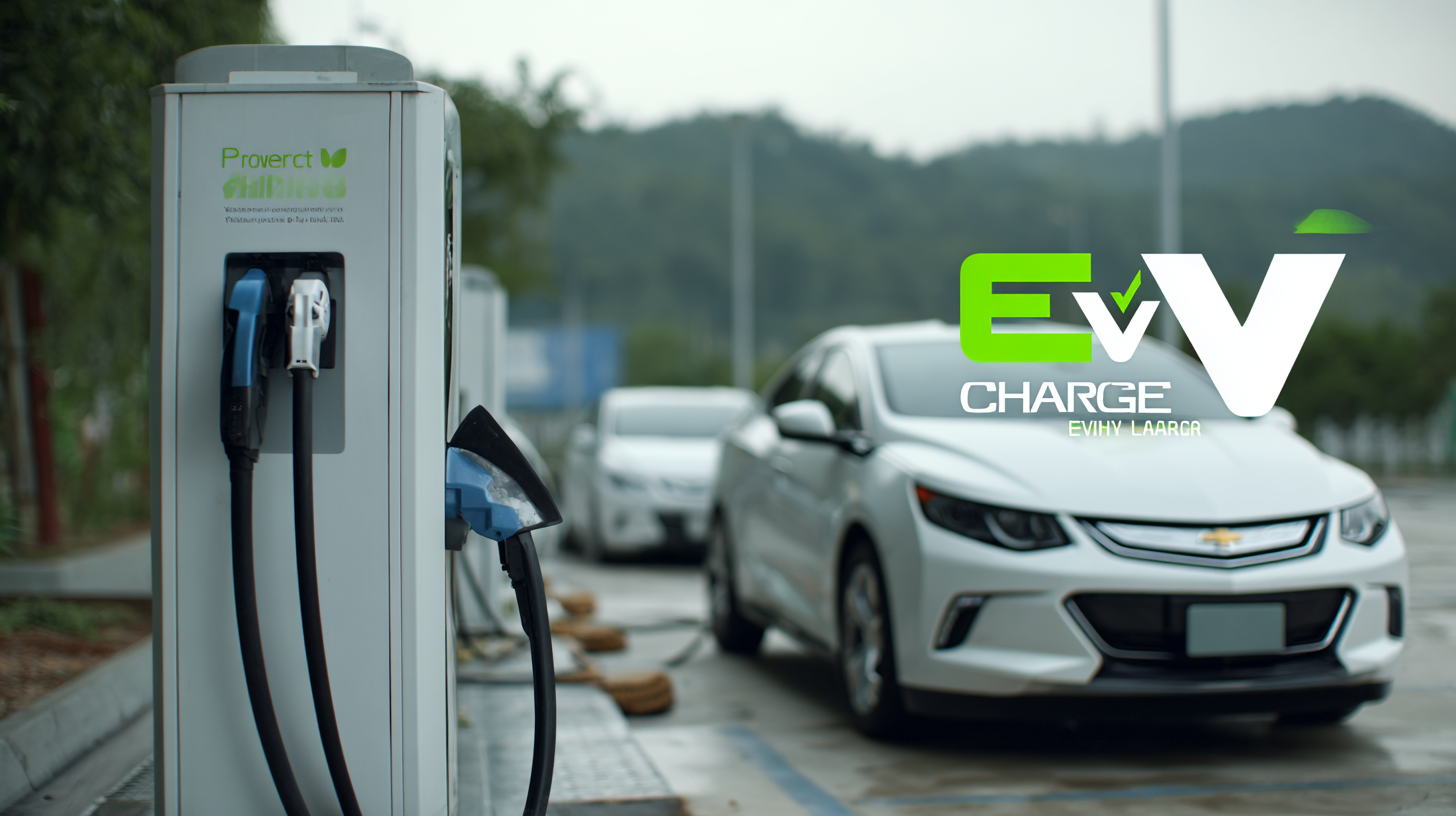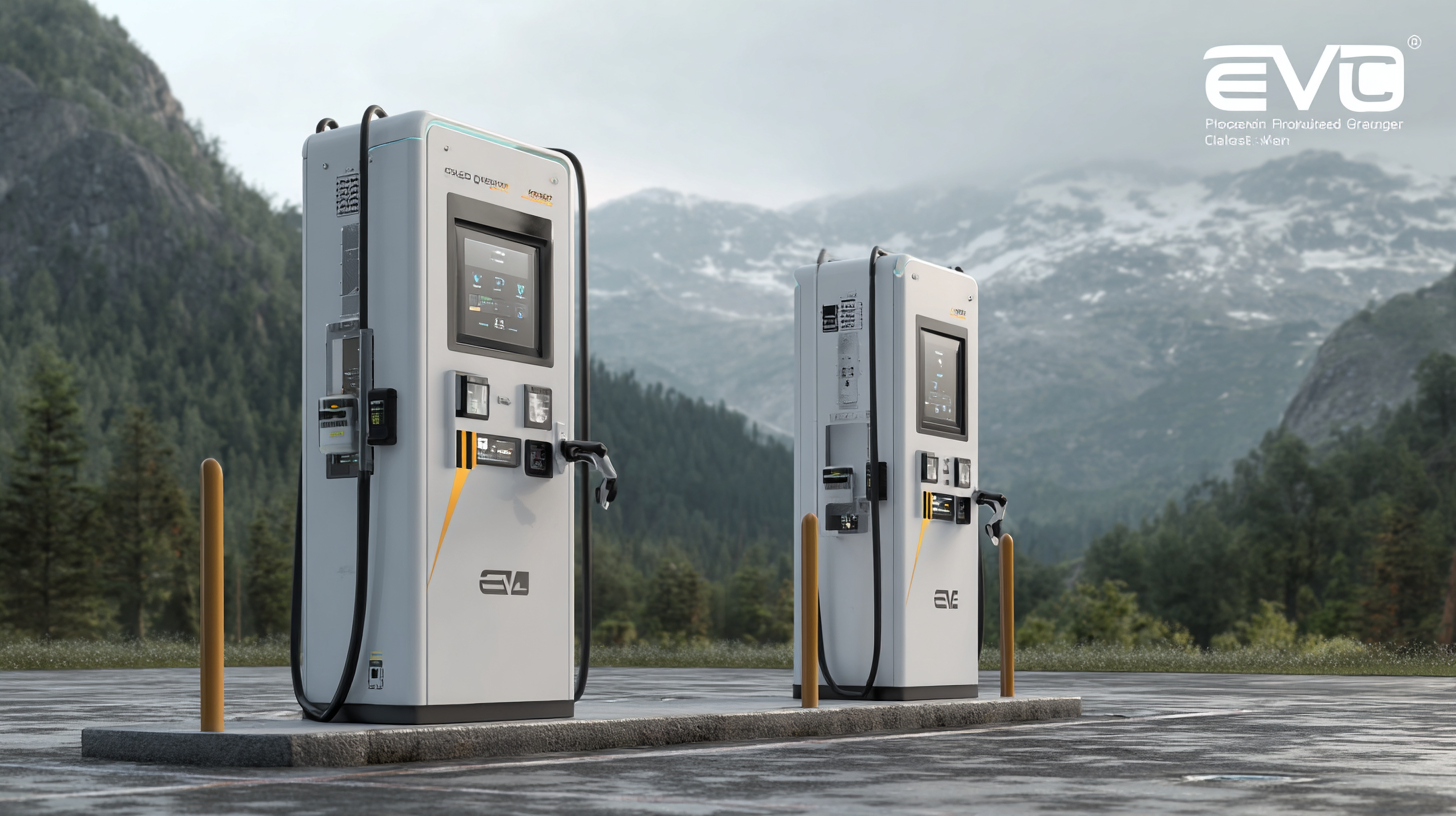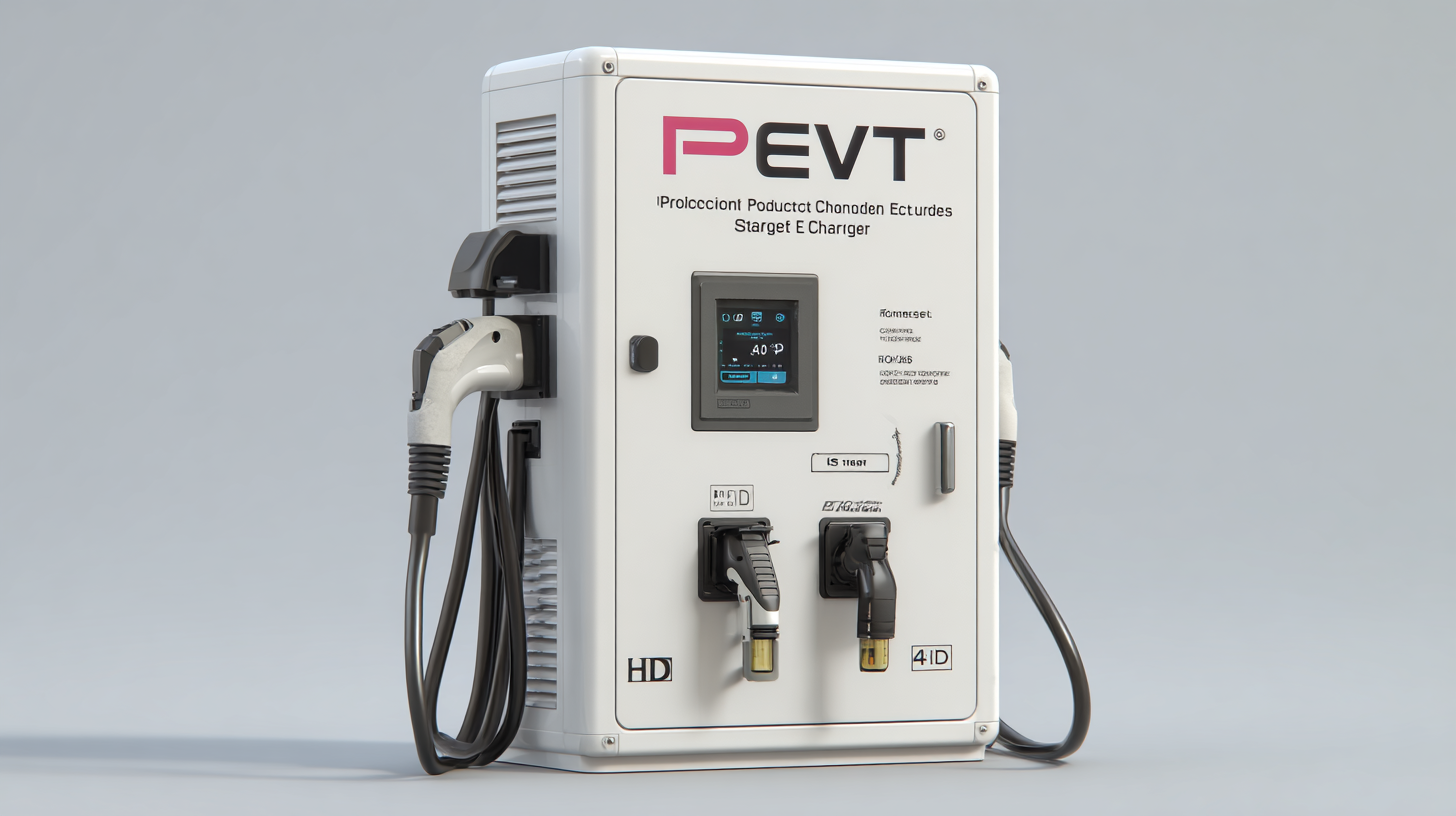As the electric vehicle (EV) market continues to experience unprecedented growth, the importance of adhering to global production standards for Project Ev Chargers becomes increasingly critical. According to a report from the International Energy Agency (IEA), the number of electric cars on the road is expected to reach 145 million by 2030, driving a corresponding demand for reliable and efficient charging infrastructure. The rise in EV adoption reflects a significant shift towards sustainable transportation, with a projected increase in public charging points to approximately 10 million by the end of the decade. This transformative landscape necessitates a comprehensive understanding of the best practices in developing Project Ev Chargers that not only meet safety and performance standards but also accommodate diverse consumer needs. As we look ahead to 2025 and beyond, this blog will explore technological advancements and best practices essential for the successful rollout of Project Ev Chargers, ensuring that the burgeoning EV ecosystem remains sustainable and efficient.

In the rapidly evolving landscape of electric vehicle (EV) charging infrastructure, global production standards play a crucial role in ensuring the reliability and efficiency of EV chargers. These standards, established by organizations such as the International Electrotechnical Commission (IEC) and the Institute of Electrical and Electronics Engineers (IEEE), serve as benchmarks for manufacturers to design and produce chargers that meet safety, interoperability, and performance requirements. By adhering to these standards, companies can foster consumer confidence and facilitate widespread adoption of electric vehicles.

Moreover, the harmonization of global production standards is essential for manufacturers looking to scale their operations across different markets. As countries strive to meet ambitious carbon reduction targets, a consistent framework for EV charger manufacturing allows for easier cross-border trade and investment. This interconnected approach not only streamlines production processes but also enables collaboration among stakeholders, from suppliers to end-users. Altogether, establishing and upholding rigorous production standards in EV charger manufacturing is vital for the sustainable growth of the electrification movement worldwide.
The journey towards achieving consistent production quality in EV charger manufacturing presents several challenges. One core issue is the technological limitations faced by manufacturers, particularly in implementing advanced materials and processes. For instance, recent discussions on the industrialization of new battery technologies highlight that companies often struggle with the integration of perovskite solar cells, which can enhance energy efficiency but require meticulous quality control to avoid production errors.
Additionally, environmental sustainability plays a crucial role in production standards. Following the Sustainable Development Goals (SDGs), manufacturers must navigate the dual challenge of maintaining quality while adhering to sustainability practices. Local conditions can further complicate these efforts, as variations in regulatory standards and resource availability affect production consistency across regions.
Tips: To mitigate some of these challenges, companies should invest in Total Quality Management (TQM) practices, which can streamline manufacturing processes and reduce waste. Moreover, embracing cross-disciplinary collaboration can facilitate innovative solutions that align with both quality standards and sustainability goals. Regular training and continuous monitoring can also enhance workforce capabilities, ensuring that production meets the highest standards consistently.
The electric vehicle (EV) charging infrastructure is crucial for the widespread adoption of EVs, yet the regulatory landscape surrounding EV chargers varies significantly across different regions. These differences stem from each region's unique energy policies, technological capabilities, and environmental goals. For instance, the European Union has established rigorous standards aimed at promoting interoperability and ensuring safety, while some countries prioritize rapid deployment with less stringent requirements. This inconsistency can complicate the efforts of manufacturers and service providers, making it challenging to maintain uniform quality and compatibility.
Furthermore, regulatory differences can shape the innovation landscape in EV charging technologies. In markets with progressive regulations, companies are encouraged to adopt cutting-edge technologies to meet compliance, thereby fostering innovation. Conversely, regions with minimal regulatory oversight may hinder advancements, as manufacturers opt for cost-effective solutions that do not push the boundaries of current technology. As nations strive to reduce carbon emissions and improve EV adoption rates, harmonizing these standards becomes imperative to facilitate a cohesive global market, supporting both consumers and manufacturers alike.
| Region | Voltage Standard | Connector Type | Max Charging Power (kW) | Regulatory Certification | Environmental Standards |
|---|---|---|---|---|---|
| North America | 120/240V | SAE J1772 | 150 | UL 2202 | IECC |
| Europe | 230V | Type 2 | 350 | IEC 61851 | EU Directive 2012/19/EU |
| Asia | 220V | GB/T | 240 | CCC | GB 18487 |
| Australia | 230V | SAE J1772 | 50 | AS/NZS 3000 | Australian Standards |
The electric vehicle (EV) market is witnessing a remarkable surge, propelled by a growing demand for sustainable transportation solutions. This demand is intricately influencing the production strategies of EV chargers, as manufacturers strive to keep pace with consumer preferences and government regulations. Market trends indicate a clear inclination towards more efficient and faster charging solutions, compelling companies to innovate their production processes. For instance, the adoption of advanced technologies, such as smart charging systems and IoT integration, is becoming a standard expectation among consumers.
Furthermore, the shift towards renewable energy sources also plays a significant role in shaping production strategies. Buyers increasingly prefer EV chargers that can utilize solar or wind energy, aligning with broader environmental goals. As a result, manufacturers are now focusing on integrating eco-friendly materials in their production cycles and ensuring that their products meet stringent global standards. By adapting to these market demand trends, companies not only enhance their competitiveness but also contribute to a more sustainable future for electric mobility.

As the demand for electric vehicles (EVs) continues to surge, the need for efficient and innovative EV chargers has never been more pressing. Technological advancements are playing a pivotal role in reshaping charger designs, ensuring that they meet the diverse needs of consumers while maintaining high standards of performance. One of the most exciting innovations is the development of ultra-fast charging technology, which significantly reduces charging times, allowing drivers to recharge their vehicles in mere minutes instead of hours. This leap in technology not only enhances convenience but also supports the broader adoption of EVs by addressing range anxiety.
In addition to speed, smart charging solutions are transforming how EV chargers interact with the grid and users. Integrating Internet of Things (IoT) capabilities into charging stations enables real-time monitoring and energy management, optimizing the charging process based on demand and energy prices. Furthermore, advancements in renewable energy integration are paving the way for sustainable charging solutions, allowing chargers to utilize solar or wind energy effectively. These technological innovations are essential for creating a robust infrastructure that can support the growing EV market while aligning with global sustainability goals.








